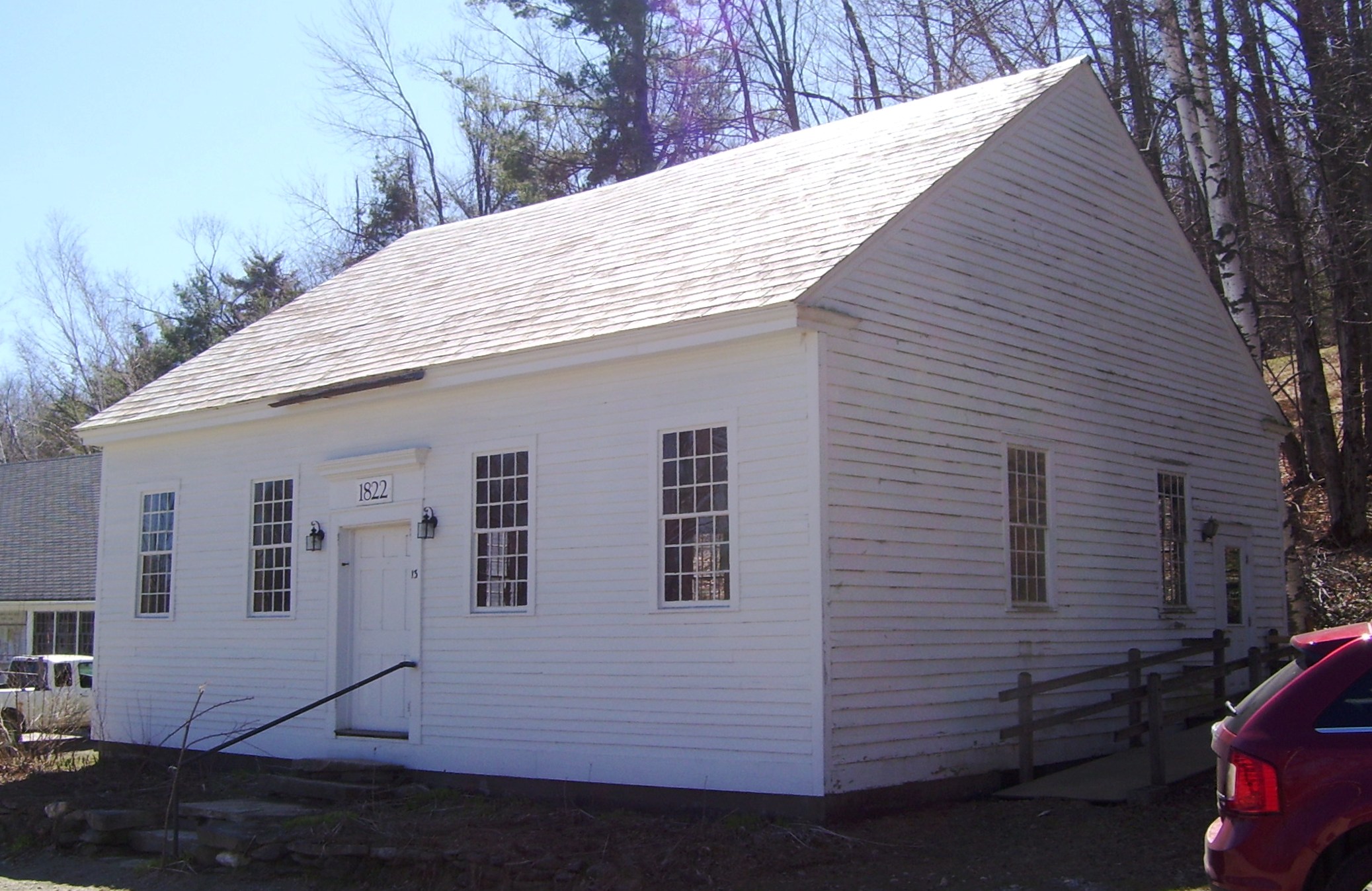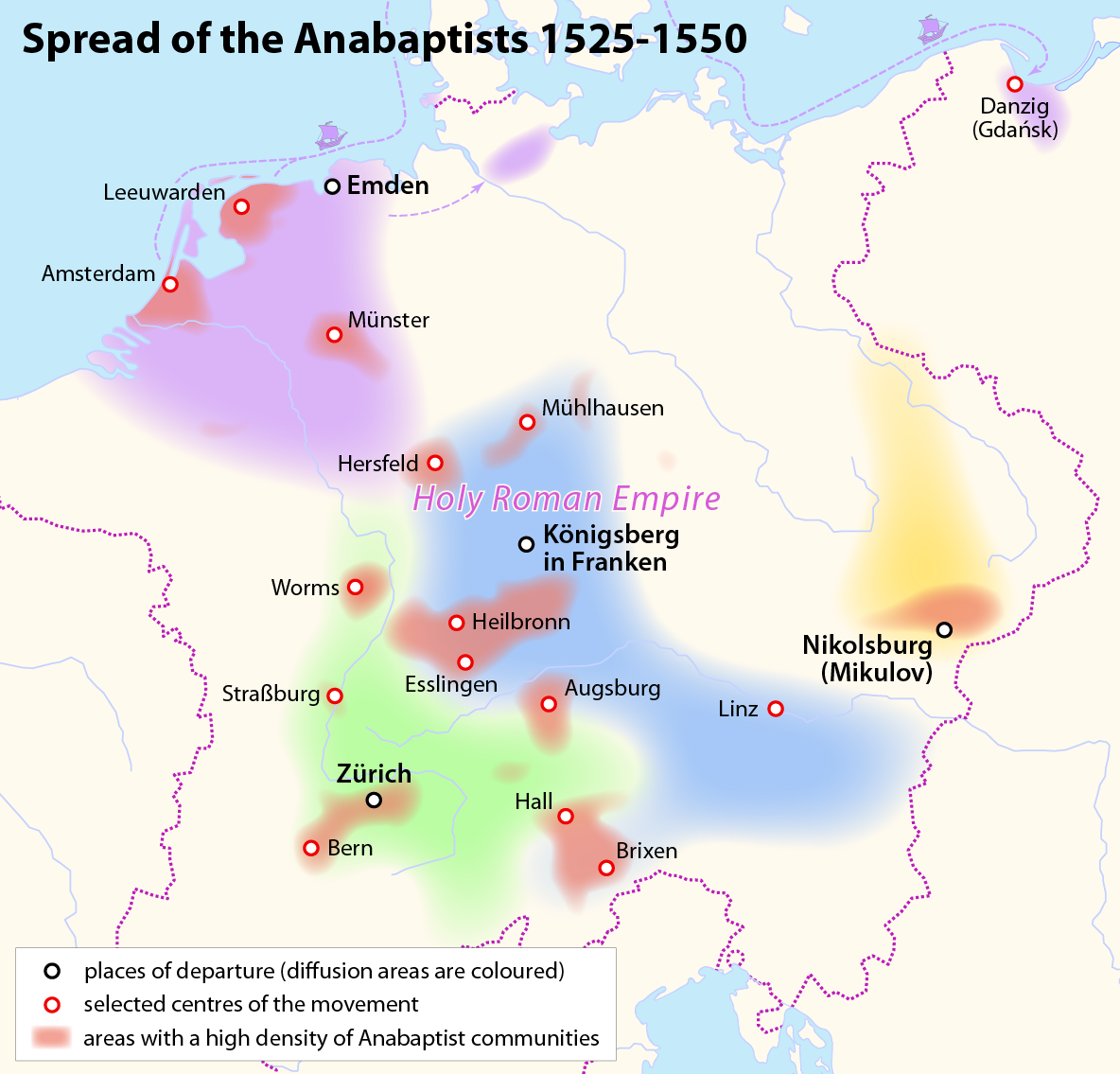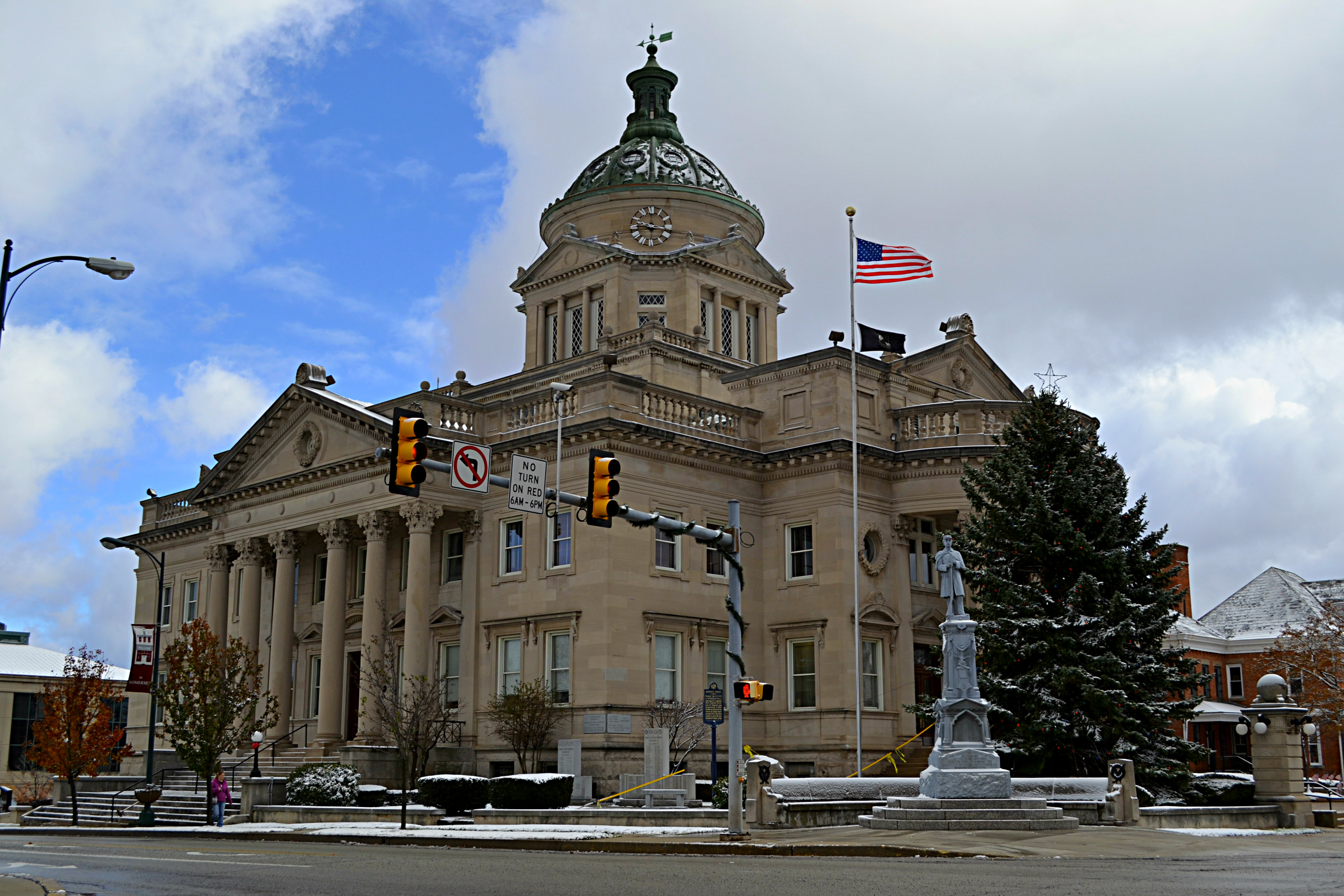|
Edgeley, Ontario
Edgeley was a small rural community located in the city of Vaughan in York Region, Ontario, Canada, which today is the site of Vaughan's planned downtown core; Vaughan Metropolitan Centre. The first inhabitants of the Edgeley area immigrated from Somerset County, Pennsylvania, circa 1800. Early family names were ''Smith, Stong, Shunk, Hoover, Burkholder, Muskrat, Snider, Brown,'' and ''Dalziel''. A Mennonite church, built of logs in 1824 on the northern portion of Lot #7, Concession #4, was one of the first churches built in Vaughan Township. A steam-powered shingle mill stood on the northwest corner of Highway 7 and Jane Street. A hotel was located on the northeast corner, with a general store on the southeast corner. The store contained the Edgeley post office from 1872 until 1960. Just south of the store, Samuel Snider operated a horse-powered cider mill. His son-in-law, Abraham Winger, and Abraham's brother Henry, later assumed the business, putting up a new steam-powered mi ... [...More Info...] [...Related Items...] OR: [Wikipedia] [Google] [Baidu] |
Country
A country is a distinct part of the world, such as a state, nation, or other political entity. When referring to a specific polity, the term "country" may refer to a sovereign state, state with limited recognition, constituent country, or dependent territory. Most sovereign states, but not all countries, are members of the United Nations. There is no universal agreement on the number of "countries" in the world, since several states have disputed sovereignty status or limited recognition, and a number of non-sovereign entities are commonly considered countries. The definition and usage of the word "country" are flexible and have changed over time. '' The Economist'' wrote in 2010 that "any attempt to find a clear definition of a country soon runs into a thicket of exceptions and anomalies." Areas much smaller than a political entity may be referred to as a "country", such as the West Country in England, "big sky country" (used in various contexts of the American We ... [...More Info...] [...Related Items...] OR: [Wikipedia] [Google] [Baidu] |
Geographical Names Board Of Canada
The Geographical Names Board of Canada (GNBC) is a national committee with a secretariat in Natural Resources Canada, part of the Government of Canada, which authorizes the names used and name changes on official federal government maps of Canada. History It was created in December 1897, by Order in Council, as the Geographic Board of Canada. It consisted of one Board member from each of four Government of Canada departments, as well as the Surveyor General of Dominion Lands, while a secretariat was provided by the then-extant Department of the Interior. In December 1899, the Order in Council was amended to give the Canadian provinces and territories the right to nominate one official, each, to be a Board member. The board was succeeded by the Canadian Board on Geographic Names in 1948, then reorganized as the Canadian Permanent Committee on Geographic Names (CPCGN) in 1961. Structure , the Board consists of 27 members, one from each of the provinces and territories, and ot ... [...More Info...] [...Related Items...] OR: [Wikipedia] [Google] [Baidu] |
Meeting House
A meeting house (also spelled meetinghouse or meeting-house) is a building where religious and sometimes private meetings take place. Terminology Nonconformist (Protestantism), Nonconformist Protestant denominations distinguish between a: * church (congregation), church, which is a body of people who believe in Christ, and; * meeting house or chapel, which is a building where the church meets. In early Methodism, meeting houses were typically called "preaching houses" (to distinguish them from church houses, which hosted itinerant preachers). Meeting houses in America The colonial meeting house in America was typically the first public building built as new villages sprang up. A meeting-house had a dual purpose as a place of worship and for public discourse, but sometimes only for "...the service of God." As the towns grew and the separation of church and state in the United States matured, the buildings that were used as the seat of local government were called town-houses o ... [...More Info...] [...Related Items...] OR: [Wikipedia] [Google] [Baidu] |
Jane Street (Toronto)
Jane Street is a major north-south thoroughfare in Toronto, Ontario, Canada. The 5th concession west of Yonge Street, the road begins at Bloor Street and continues north into York Region, before ending in the Holland Marsh in King Township. The street passes through several neighbourhoods and landmarks; such as Bloor West Village, Jane and Finch, Vaughan Mills, and Canada's Wonderland. Jane Street is one of the most congested roads in the Greater Toronto Area, with the Toronto Transit Commission (TTC) bus routes serving the street being among the system's busiest. The most infamous place on Jane Street would be the Jane and Finch area, known for its high crime rate and being one of the poorest neighbourhoods in Toronto. The title character of the Barenaked Ladies song " Jane" is Jane St. Clair, and is named after the intersection of Jane and St. Clair Avenue. Steven Page recalls that co-writer Stephen Duffy saw the intersection on a map and remarked that it sounded like ... [...More Info...] [...Related Items...] OR: [Wikipedia] [Google] [Baidu] |
List Of Numbered Roads In York Region
York Region, located in southcentral Ontario, Canada, assigned approximately 50 regional roads, each with a number ranging from 1 to 99. All expenses for York Regional Roads (i.e: maintenance, traffic lights, and snow clearing) are funded by the York Region government. Several new roads were assumed by the region include King–Vaughan Town Line and Kirby Sideroad. Most north-south roads originating in Toronto retains the proper names from south of Steeles Avenue. Roads on Georgina Island are maintained by Chippewas of Georgina Island First Nation despite the island being within York Region. Roads are generally paved with some gravel roads in less populated areas. Before the 20th Century most cleared roads were dirt roads. Types of roads King's Highways There are of provincially maintained highways, termed "provincial highways" or " King's Highways" As in the rest of Ontario, the provincially maintained highways in York Region are designated with a shield-shaped sign t ... [...More Info...] [...Related Items...] OR: [Wikipedia] [Google] [Baidu] |
Mennonite
Mennonites are a group of Anabaptism, Anabaptist Christianity, Christian communities tracing their roots to the epoch of the Radical Reformation. The name ''Mennonites'' is derived from the cleric Menno Simons (1496–1561) of Friesland, part of the Habsburg Netherlands within the Holy Roman Empire, present day Netherlands. Menno Simons became a prominent leader within the wider Anabaptist movement and was a contemporary of Martin Luther (1483–1546) and Philip Melanchthon (1497–1560). Through his writings about the Reformation Simons articulated and formalized the teachings of earlier Swiss Anabaptist founders as well as early teachings of the Mennonites founded on the belief in both the mission and ministry of Jesus. Formal Mennonite beliefs were codified in the Dordrecht Confession of Faith (1632), which affirmed "the baptism of believers only, the washing of the feet as a symbol of servanthood, church discipline, the shunning of the excommunicated, the non-swearing of oaths ... [...More Info...] [...Related Items...] OR: [Wikipedia] [Google] [Baidu] |
Pennsylvania
Pennsylvania, officially the Commonwealth of Pennsylvania, is a U.S. state, state spanning the Mid-Atlantic (United States), Mid-Atlantic, Northeastern United States, Northeastern, Appalachian, and Great Lakes region, Great Lakes regions of the United States. It borders Delaware to its southeast, Maryland to its south, West Virginia to its southwest, Ohio and the Ohio River to its west, Lake Erie and New York (state), New York to its north, the Delaware River and New Jersey to its east, and the Provinces and territories of Canada, Canadian province of Ontario to its northwest via Lake Erie. Pennsylvania's most populous city is Philadelphia. Pennsylvania was founded in 1681 through a royal land grant to William Penn, the son of William Penn (Royal Navy officer), the state's namesake. Before that, between 1638 and 1655, a southeast portion of the state was part of New Sweden, a Swedish Empire, Swedish colony. Established as a haven for religious and political tolerance, the B ... [...More Info...] [...Related Items...] OR: [Wikipedia] [Google] [Baidu] |
Somerset County, Pennsylvania
Somerset County is a County (United States), county in the Commonwealth (U.S. state), Commonwealth of Pennsylvania. As of the 2020 United States census, 2020 census, the population was 74,129. Its county seat is Somerset, Pennsylvania, Somerset. The county was created from part of Bedford County, Pennsylvania, Bedford County on April 17, 1795, and named after the county of Somerset in England. The county is part of the Southwest Pennsylvania region of the state. Somerset County comprises the Somerset, PA micropolitan statistical area, which is included in the Johnstown, Pennsylvania, Johnstown–Somerset, PA combined statistical area. The county is famous for being the crash site of United Airlines Flight 93, one of the four flights involved in the September 11 attacks, which crashed near the village of Shanksville, Pennsylvania, Shanksville after the flight's passengers struggled with Al-Qaeda hijackers for control of the plane, which terrorists intended to fly into either the ... [...More Info...] [...Related Items...] OR: [Wikipedia] [Google] [Baidu] |
Vaughan Metropolitan Centre
Vaughan Metropolitan Centre is the city centre of Vaughan, Ontario, Canada. Measuring , the district is located at the intersection of Highway 7 and Jane Street (Toronto), Jane Street, northeast of the Ontario Highway 400, Highway 400 and Ontario Highway 407, Highway 407 interchange, at the site of the historic farming community of Edgeley, Ontario, Edgeley within the larger district of Concord, Vaughan, Concord. The district is served by the Vaughan Metropolitan Centre station, TTC subway station of the same name, which is the northwestern terminus of Line 1 Yonge–University of the Toronto subway system. It is also a major transit hub for York Region Transit (YRT), as well as Viva Rapid Transit, Viva and Züm bus rapid transit services. Name In the summer of 2009, Vaughan's city council announced that they wanted public submissions to suggest a new name for Vaughan's new downtown core. At the time, it was known as "Vaughan Corporate Centre", but the name change was suggested so ... [...More Info...] [...Related Items...] OR: [Wikipedia] [Google] [Baidu] |
Regional Municipality Of York
The Regional Municipality of York, also called York Region, is a regional municipality in Southern Ontario, Canada, between Lake Simcoe and Toronto. The region was established after the passing of then Bill 102, An Act to Establish The Regional Municipality of York, in 1970. It replaced the former York County, Ontario, York County in 1971, and is part of the Greater Toronto Area and the inner ring of the Golden Horseshoe. The regional government is headquartered in Newmarket, Ontario, Newmarket. As of the 2021 Canadian census, 2021 census, York Region's population was 1,173,334, with a growth rate of 5.7% from 2016. The Government of Ontario expects its population to surpass 1.5 million residents by 2031. The three largest cities in York Region are Markham, Ontario, Markham, Vaughan, Ontario, Vaughan and Richmond Hill, Ontario, Richmond Hill. History At a meeting in Richmond Hill, Ontario, Richmond Hill on May 6, 1970, officials representing the municipalities of York County, O ... [...More Info...] [...Related Items...] OR: [Wikipedia] [Google] [Baidu] |
Vaughan
Vaughan ( ) (2022 population 344,412) is a city in Ontario, Canada. It is located in the Regional Municipality of York, just north of Toronto. Vaughan was the fastest-growing municipality in Canada between 1996 and 2006 with its population increasing by 80.2% during this time period and having nearly doubled in population since 1991. In 2021, the population of Vaughan was 323,103. It is the fifth-largest city in the Greater Toronto Area, and the List of the largest municipalities in Canada by population, 17th-largest city in Canada. Toponymy The township was named after Benjamin Vaughan, a Kingdom of Great Britain, British commissioner who signed a peace treaty with the United States in 1783. History In the late pre-contact period, the Wyandot people, Huron-Wendat Nation, Wendat people populated what is today Vaughan. The Skandatut ancestral Wendat village overlooked the east branch of the Humber River (Ontario), Humber River (Pine Valley Drive) and was once home to approximatel ... [...More Info...] [...Related Items...] OR: [Wikipedia] [Google] [Baidu] |
National Topographic System
The National Topographic System or NTS is the system used by Natural Resources Canada for providing general purpose topographic maps of the country. NTS maps are available in a variety of scales, the standard being 1:50,000 and 1:250,000 scales. The maps provide details on landforms and terrain, lakes and rivers, forested areas, administrative zones, populated areas, roads and railways, as well as other human-made features. These maps are currently used by all levels of government and industry for forest fire and flood control (as well as other environmental issues), depiction of crop areas, right-of-way, real estate planning, development of natural resources and highway planning. To add context, land area outside Canada is depicted on the 1:250,000 maps, but not on the 1:50,000 maps. History Topographic mapping in Canada was originally undertaken by many different agencies, with the Canadian Army’s Intelligence Branch forming a survey division to create a more standardized ... [...More Info...] [...Related Items...] OR: [Wikipedia] [Google] [Baidu] |







